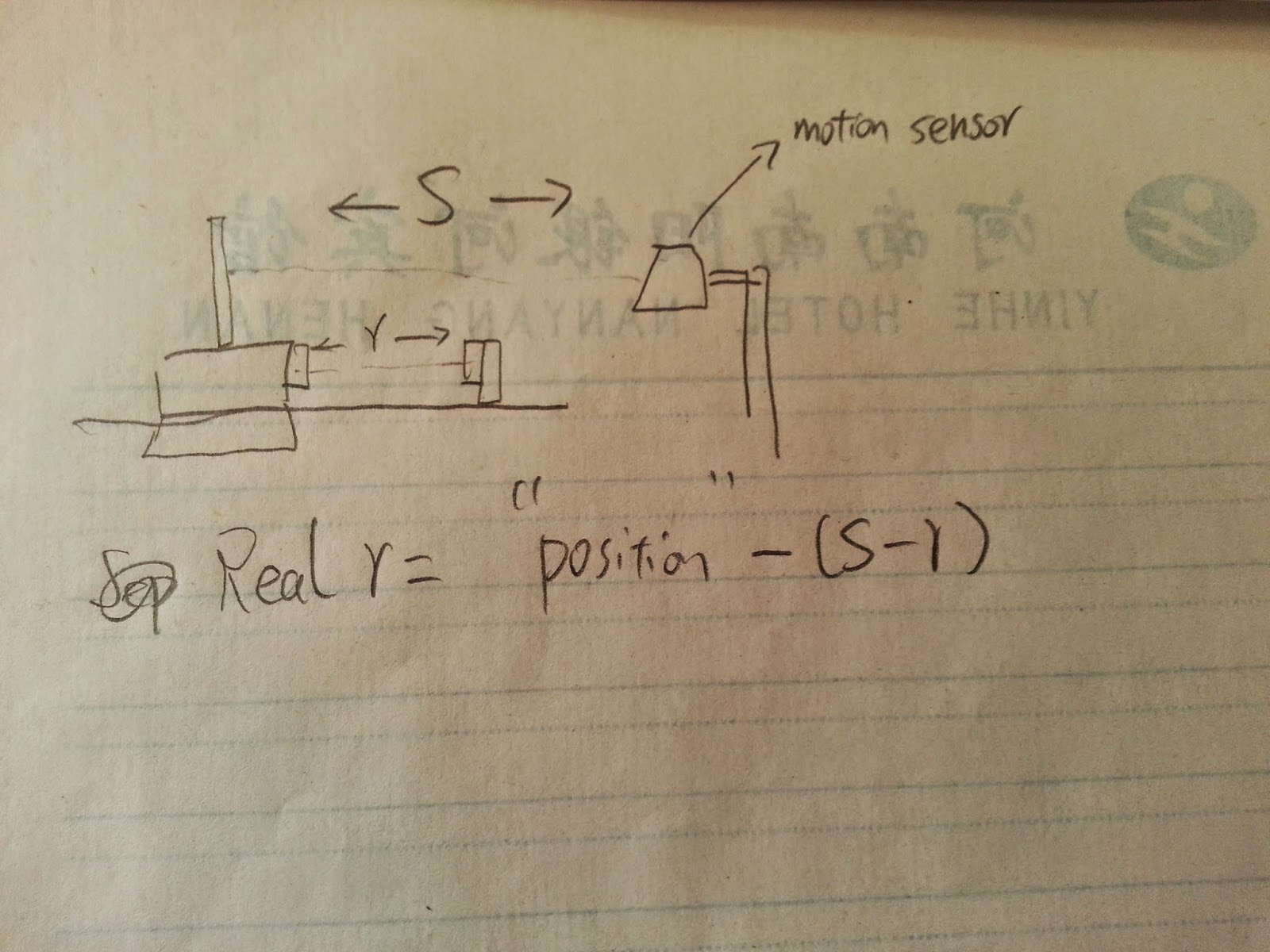Lab 12
The purpose of this lab is to verify that conservation of energy applies to this system.
Problem: Unlike the Gravitational PE or Elastic PE, we don't have an equation for magnetic PE. So we have to find that equation.
The potential energy U is caused by an interaction force F.
So the relationship is
So we need to find the F(r)(assume F = 0 when r approach to infinite).
Experiment 1.
To find F, we use this experiments:
We will use a glider on an aire track as our cart on a frictionless surface.
Then we raise one end of the air track the cart will end up at some equilibrium position, where the magnetic repulsion force between two magnets will equal the gravitational force component on the parallel to the track
Why we doing this experiment, because we want to find out the F magnetic. By using this experiment we can get F such that mgsin(angle) = F(magnet).
And that's how we get the F force.
And now we just need to find the angle, and the distance r from two magnets. And we assume F is some kind of power function such that F = Ar^B
We do the experiment with different angle, and get different r.
This is the data we got after trying so many different Angle, we got different r
Then we input all data into logPro.
After we did the power fit of this line we got.
F = 0.002357 r ^ -1.349.
Experiment 2
After do the change, we got U(r)
For experiment 2, we need to verify conservation energy.
We are using the set up in experiment 1, but this time we don't need to lift one side up. what we need to do it to place motion sensor on one side. And then give this cart a gentle push and record the whole time.
(One thing we need to care is the distance of the two magnets r, because we can see the motion sensor is not read the distance of two magnets but distance from motion sensor with board.)To find the real distance r of two magnets we difine a new column in logPro which is called real r.
We need to do it set up the cart in somewhere, we measure the distance of two magnets r and distance of the motion sensor with the board S.
We got the real r in this experiment, and we shall use this as r.
One more thing before we start. We should set up three different column in which is PE(potential energy), KE(Kinetic energy), and total energy
PE = U(r) =0.0006754* r ^-0.3499
KE = 1/2 m * v^2 = 1/2 *0.354 * "velocity"^2
Total energy = PE + KE
Then we do the experiment, give the cart a gentle push and get the graph of PE vs time, KE vs time and Total energy vs time in one graph.
(Red one is KE, purple is PE, yellow is TE).
Uncertainty:
We can see our experiment is not perfect, because the KE should be same all the time and decrease to zero and come back with same velocity, but it's not, so the energy must change to heat, but we can assume if there is frictionless surface, you can get a perfect graph of this.
Conclusion:
For this lab we were trying to verify the conservation of energy of two magnets. We use different experiments to get potential energy of two magnets, and use this we graph the whole thing with PE, KE, TE.Even though our experiment is not perfect, it has error or uncertainty such that the surface is not real frictionless and our measurement of U perhaps is not that close it has uncertainty on it, so those things all might affect our results. Because of the friction, U should be started at zero but not on this experimen, and the KE should be constant and then decrease to zero and then back to same exactly position as before.











没有评论:
发表评论